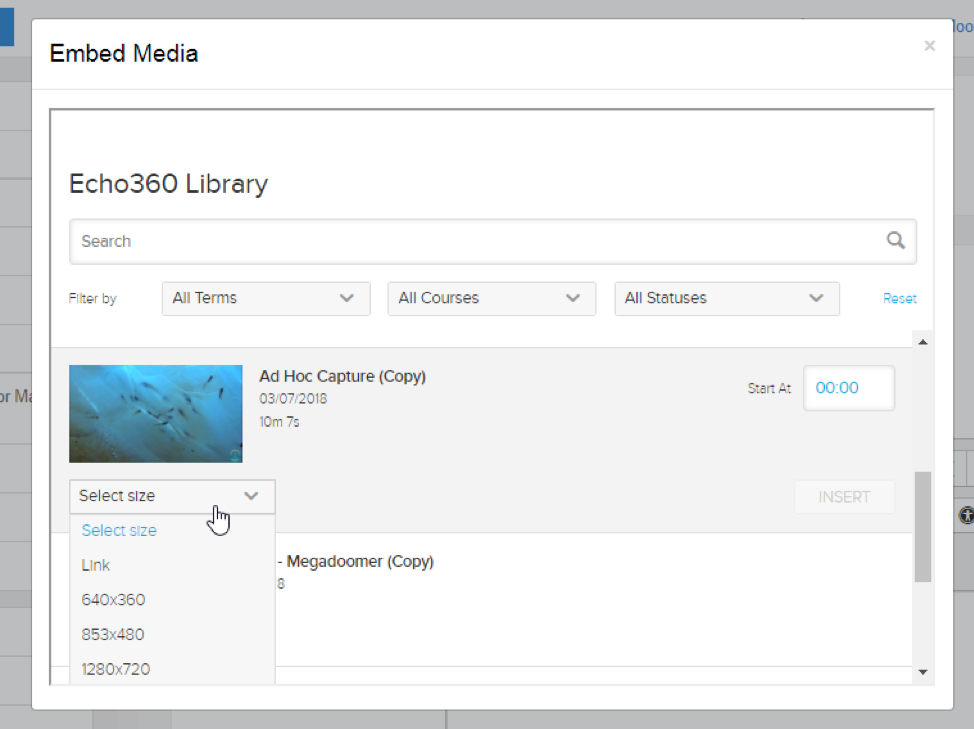What Will Instructional Design Look Like in the Future?

A sneak peek of the innovations and trends that will shape the next decade of instructional design.
As this decade comes to a close, instructional designers may find themselves reflecting on the trends that shaped the industry for the past ten years. Gamification, microlearning, and the shift to the cloud have dominated discussions both in the workplace and at industry conferences and events for the past several years, but as any designer knows, this field is one that constantly reinvents itself and pushes the limits of what’s possible. New buzzwords and trends constantly emerge, and our prediction is that the following concepts will define the next decade of instructional design.
Content Curation
We have written about curation before, and this trend may likely become even more commonplace in the years to come. Compliance and regulatory training are topics commonly addressed in workplace training, and these topics are excellent examples of content that could be curated across businesses and across industries. While the basic messages could remain consistent, curating the fundamental messaging of these courses then adding in any unique verbiage for each intended audience would allow organizations and designers to save time and money in the development process. Emerging technologies and advancements in rapid authoring tools may even streamline this process by automating the curation process by allowing designers to access the content they need from a content repository and then personalize it to suit their needs, similar to how designers work with course templates today.
Data-Driven Design
The concept of “big data” is dominating the conversation in many industries. Learning and development professionals are also now becoming aware of the power of data, and how it can empower learning professionals to make more informed design decisions and better meet learners’ needs. Data such as employees’ roles, their performance and behavior patterns both inside and outside of the learning management system, and their overall engagement on the job provides valuable insight into who learners are both as individuals and collectively as teams. Consider how your next design project could benefit if you had more knowledge of quantitative data (including the numbers of learners who completed tasks, percentages of learners whose performance improved) as well as qualitative data (such as the percentage of learners who indicated they found value in the course content).
Personalization of Learning Content
As mentioned above, data provides tremendous insight into learners’ performance and behaviors. Data also proves that when it comes to learning, “one size” rarely fits all. Individual learners want individual experiences, tailored to address their gaps and meet their unique needs. Insight into data will enable tomorrow’s designers to create multiple modalities to deliver content, effectively allowing learners to “pull” the content they need in the format they prefer, rather than being “pushed” content that doesn’t suit their needs and preferences. This aligns well with the current trend of responsive authoring tools that publish to flexible outputs, such as Knowbly™. Designers and learners alike find these features enrich their experiences, as they are not limited by device type or content repository system as they can access learning content wherever and whenever they wish.
Adaptation as a Pre-Requisite Design Skill
Instructional designers are highly skilled professionals, whose attributes include creativity, problem-solving, and being lifelong learners. Having a growth mindset will continue to be an asset, as the next decade will present instructional designers with the need to continue adapting to change. New technology, new processes, and new theories and models are the reality of this industry. Designers who see these developments as exciting opportunities for growth will flourish. Closely related to this emphasis on adaptability is the concept of resilience, or the art of bouncing back. Not every venture into new technology and new processes will be immediately successful, but successful designers will adapt, bounce back, and try again, thus reinforcing the importance of having a growth mindset.
A Focus on Critical Thinking
It’s a common misconception (or joke) in many fields that today’s workers will eventually be replaced by robots. While it may be true that as the field of instructional design evolves, some processes have been automated (consider how rapid authoring tools have eliminated the need for designers to know how to write and code software), the need for critical thinking on the job will never diminish. If anything, the need for critical thinking will increase, as the Harvard Business Review wrote, “Even advocates of Big Data point out that analysis still requires human expertise to derive meaning, understand context, correctly distinguish correlation from causation, and make nuanced decisions.” We may use technology to compute and generate data, but human expertise in analyzing this data is in no immediate risk of becoming obsolete. For instructional designers, this means using data to make more informed design decisions, writing content and assessments that are more relevant to learners’ needs, and innovating the course development process with the latest technology to maintain learners’ interest and increase their motivation. Emerging technology such as artificial intelligence may change the shape of what we do, but our powers of critical thinking and analysis remain the best way to ensure we achieve the results our learners and our organizations expect of us.
Would you like to partner with us to create meaningful, cutting-edge courses and learning programs? Let’s talk!




